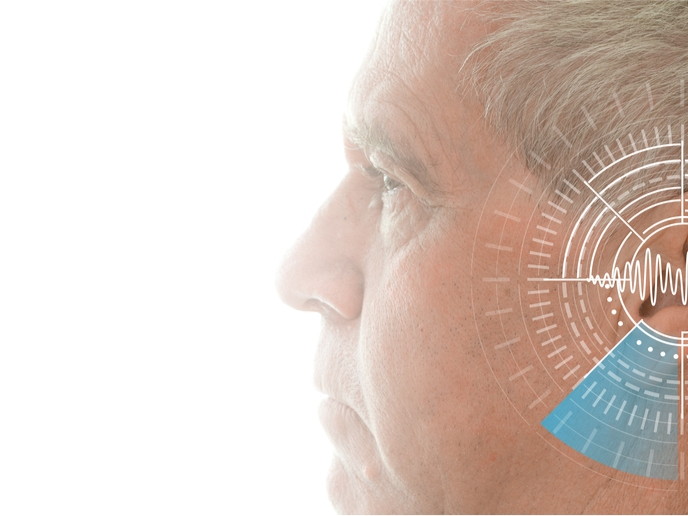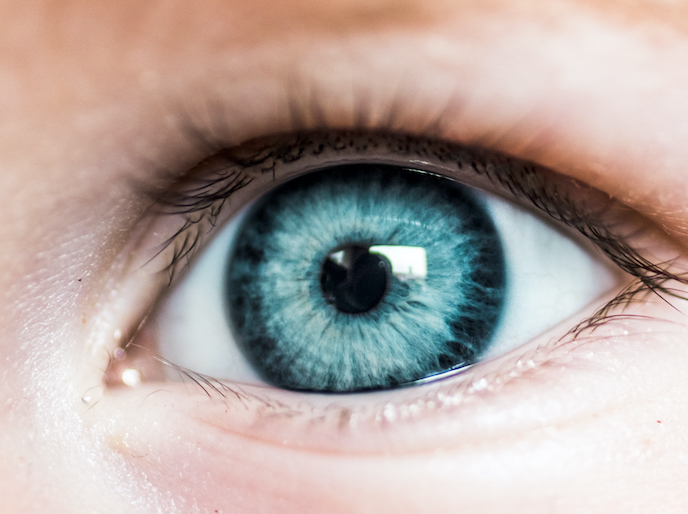Decoding language impairment in aphasia
Aphasia is an acquired language disorder that impacts hundreds of thousands of individuals in Europe every year. It can be caused by stroke, brain damage or progressive dementia affecting the language network. Aphasia has a profound impact on language ability, prohibiting afflicted individuals from communicating normally in life, having discussions with colleagues, reading a newspaper or replying to an email. People with aphasia find it difficult to produce and comprehend sentences, especially those of a complex structure.
Pronoun impairment in aphasia
Pronouns constitute one grammatical domain that people with aphasia struggle the most with. They have difficulty working out who or what a pronoun might refer to. For example, in the sentence ‘Katia adores herself’, people with aphasia might take much longer to work out who ‘herself’ refers to. Pronoun impairment in aphasia does not seem to correlate with the aphasia type, the language spoken or the fluency. Undertaken with the support of the Marie Skłodowska-Curie Actions programme, the ProResA project set out to explore the reason why people with aphasia experience these problems and the dynamics of their brain. “We wanted to study the real-time comprehension of sentences and the corresponding brain activity in individuals with post-stroke aphasia and primary progressive aphasia, a rising form of the disorder,” explains the principal investigator, Seçkin Arslan.
Eye-movement tracking for pronoun processing
Traditional experimental procedures and statistical methods fall short when determining which factors predict impairments in aphasia. This is due to the small number of subjects and the large variability among them. The ProResA team used an approach which involved tracking participants' eye movements as they listened to linguistic stimuli and looked at pictures on screen. By using an eye-tracking camera, researchers recorded where and for how long participants were looking at the screen, capturing even the smallest changes in gaze patterns. The camera also captured the time taken to analyse an image, as well as the speed of mouse clicks. The goal was to create a comprehensive database of individuals with aphasia by monitoring their eye movements during language processing. By doing so, researchers aim to develop a predictive tool that can identify individuals with early stages of dementia who may later develop aphasia. Eye-tracking was employed to investigate pronoun processing in aphasia across different languages such as Turkish and French. Turkish is a language that has received limited research attention despite being typologically distinct. Results from Turkish individuals with aphasia unveiled distinct patterns of impairments compared to languages that have been extensively studied. Investigation of French individuals with aphasia indicated cognitive capacity difficulties during sentence repetition.
Differentiating between different types of aphasia
Impairments in sentence repetition have been suggested as a distinguishing factor between subtypes of aphasia, particularly in differentiating Alzheimer-associated aphasia. ProResA did not observe significant differences among disorder subtypes in terms of repeating sentences of varying length. However, the logopenic variant, a specific subtype of primary progressive aphasia, exhibited a higher incidence of phonological errors during sentence repetition. This finding suggests that phonological errors may serve as a clinical marker for this subtype of aphasia. Such a marker could assist clinicians in improving the accuracy of diagnosis and developing more tailored therapy protocols for affected individuals.
Keywords
ProResA, aphasia, pronoun processing, eye-tracking, camera, logopenic aphasia, phonological errors







